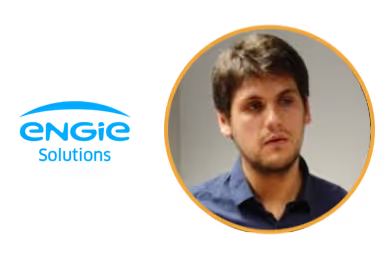
Why did Engie want to implement an exoskeleton integration process?
Three quarters of the workforce at Engie are technicians who continuously have carrying heavy loads and demanding postures that generate a lot of MSDs (editor's note: Musculo-Skeletal Disorders). The aim was to find solutions to reduce them.
As we work on customer sites, it is not possible to set up the work environment to solve problems, except on an ad hoc basis.
When I heard about exoskeletons, and especially the Japet device.W, we decided to work internally with the various divisions to see if this solution could answer our problem and see how to integrate them.
So what is your implementation approach?
The integration of exoskeletons mobilizes many people and skills for us. It was logical, given the equipment (editor's note: an exoskeleton for occupational health from the medical field), to Prioritize people with an RQTH (Editor's note: French acronym for "Recognition of the Quality of Disabled Worker").
This was only possible by working closely with colleagues in the disability mission and human resources. Once identified, we consulted with team leaders and potential users to see if they were motivated and voluntary.
In what way is the Japet.W exoskeleton for you a device for maintaining and returning to use?
It is obvious that the device helps to maintain employment Since he Reduces or even eliminates cramping and pain. In addition, there is less apprehension of the movement and the carrying of loads because it keeps your back straight and limits risky postures, even if we remember that It is not useful to carry more weight.
In addition to these physical benefits, it also provides psychological support by providing confidence and reducing the stress of returning to work. In the longer term, it even has a societal side because people will reach the end of their career or retirement in better health.
How is the exoskeleton perceived by users?
The first feedback is very positive, they are won over by the device. We can say that the exoskeleton Japet.W addresses a real problem of back pain and exceeds even expectations. For the record, thanks to the device one of the operators managed to rotate when he had not been able to rotate for 8 years... we could feel a lot of emotion at that moment.
What are the next steps?
Continue to equip people with RQTH to keep them working and maintain the monitoring collection provided by Japet over time in order to be able to assess long-term evolution.
Then we could imagine, in interaction with occupational medicine, support for the return to work for employees who have had a long period of low back pain. Compared to other exoskeletons, it allows versatility to adapt to many activities. We could therefore equip a much wider range of work situations, and aim for preventive use on workstations known to generate MSDs, as part of a global risk prevention approach.



